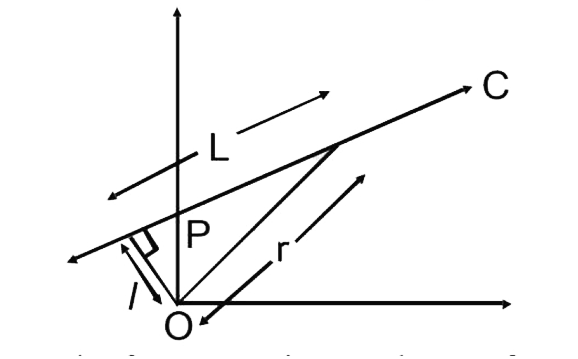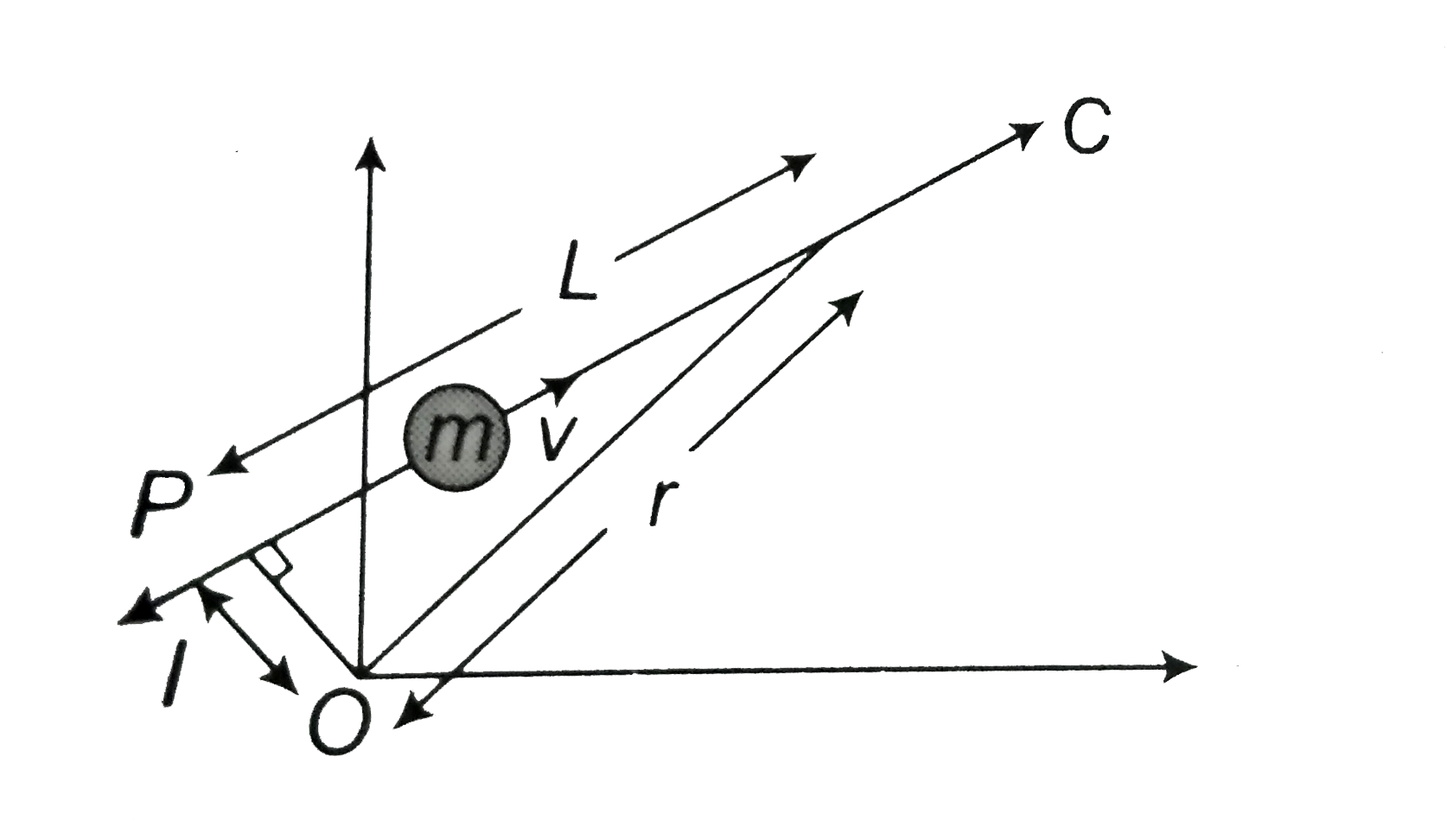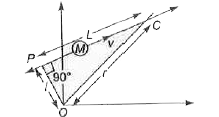Two particles, each of mass m and speed v, travel in opposite directions along parallel lines separated by a distance d. Show that the angular momentum vector of the two particle system is the same whatever be the point about which the angular momentum is taken. Solution in Gujrati
Step by step video & image solution for Two particles, each of mass m and speed v, travel in opposite directions along parallel lines separated by a distance d. Show that the angular momentum vector of the two particle system is the same whatever be the point about which the angular momentum is taken. by Physics experts to help you in doubts & scoring excellent marks in Class 11 exams.
Updated on:21/07/2023Topper's Solved these Questions
- SYSTEMS OF PARTICLES AND ROTATIONAL MOTIONBook:NCERT GUJARATIChapter:SYSTEMS OF PARTICLES AND ROTATIONAL MOTIONExercise:EXERCISES (TRUE OR FALSE)
Explore 5 Videos
- SYSTEMS OF PARTICLES AND ROTATIONAL MOTIONBook:NCERT GUJARATIChapter:SYSTEMS OF PARTICLES AND ROTATIONAL MOTIONExercise:EXERCISES (TRUE OR FALSE)
Explore 5 Videos
- PHYSICAL WORLD Book:NCERT GUJARATIChapter:PHYSICAL WORLD Exercise:EXERCISES
Explore 8 Videos
- THERMAL PROPERTIME OF MATTERBook:NCERT GUJARATIChapter:THERMAL PROPERTIME OF MATTERExercise:EXERCISES
Explore 31 Videos
Similar Questions
During rolling, the force of friction acts in the same direction as the direction of motion of the CM of the body.
View SolutionDuring rolling, the force of friction acts in the same direction as the direction of motion of the CM of the body.
View SolutionSome of the most profound statements on the nature of science have come from Albert Einstein, one of the greatest scientists of all time. What do you think did Einstein mean when he said: "The most incomprehensible thing about the world is that it is comprehensible" ?
View SolutionThe triple points of neon and carbon dioxide are 24.57K and 216.55K respectively. Express these temperatures on the Celsius and Fahrenheit scales.
View SolutionA particle of mass m moves along line PC with velocity v as shown. What is the angular momentum of the particle about P?

View SolutionTwo particles each of mass m and speed v, travel in opposite direction along parallel lines separated by a distance d. Show that the vector angular momentum of this system of particles is the same about any point taken as origin.
View SolutionA particle of mass m moves along line PC with velocity v as shown. What is the angular momentum of the particle about O?

View SolutionA particle P collides elastically at M with a speed v . The change in angular momentum the particle about the point N during collision is
View Solutionदो कण जिनमे से प्रत्येक का द्रव्यमान m एवं चाल है d दूरी पर , समान्तर रेखाओ के अनुदिश , विपरीत दिशाओ में चल रहे है । दर्शाइये कि इस द्विकण निकाय का संदिश कोणीय संवेग समान रहता है , चाहे हम जिस बिंदु के परित : कोणीय संवेग ले ।
View Solutionदो कण जिनमें से प्रत्येक का द्रव्यमान m एवं चाल v है d दूरी पर, समान्तर रेखाओं के अनुदिश, विपरीत दिशाओं में चल रहे हैं। दर्शाइए कि इस द्विकण निकाय का सदिश कोणीय संवेग समान रहता है, चाहे हम जिस बिन्दु के परितः कोणीय संवेग लें।
View SolutionA particle of mass m travels with speed v along + ve direction of x-axis parallel to line y=6 . At t=0 , the particle is at (0, 6). The angular momentum of particle about origin is :
View Solutionm ভরের একটি কণা x- অক্ষের সমান্তরাল একটি রেখা বরাবর সমবেগে যাছে । মূলবিন্দুর সাপেক্ষে কণাটির কৌণিক ভরবেগ
View SolutionTwo particles each of mass m and speed v, travel in opposite direction along parallel lines separated by a distance d. Show that the vector angular momentum of this system of particles is the same about any point taken as origin.
View Solutionm द्रव्यमान का एक कण PC रेखा के अनुदिश (चित्रानुसार) v वेग से गति करता है। बिन्दु O के परितः कण का कोणीय संवेग

View Solutionदो कण जिनमें प्रत्येक का द्रव्यमान m तथा चाल है, समान्तर रेखा पर अलग-अलग विपरीत दिशा में d दूरी से गति कर रहे हैं। दोनों कणों का कोणीय संवेग है
View SolutionThe mass of two particles each m And tricks v Is d Distance, in parallel lines, running in opposite directions. Explain that the vector angular momentum of this two particle system remains equal, no matter which angle we take around any point.
View Solution